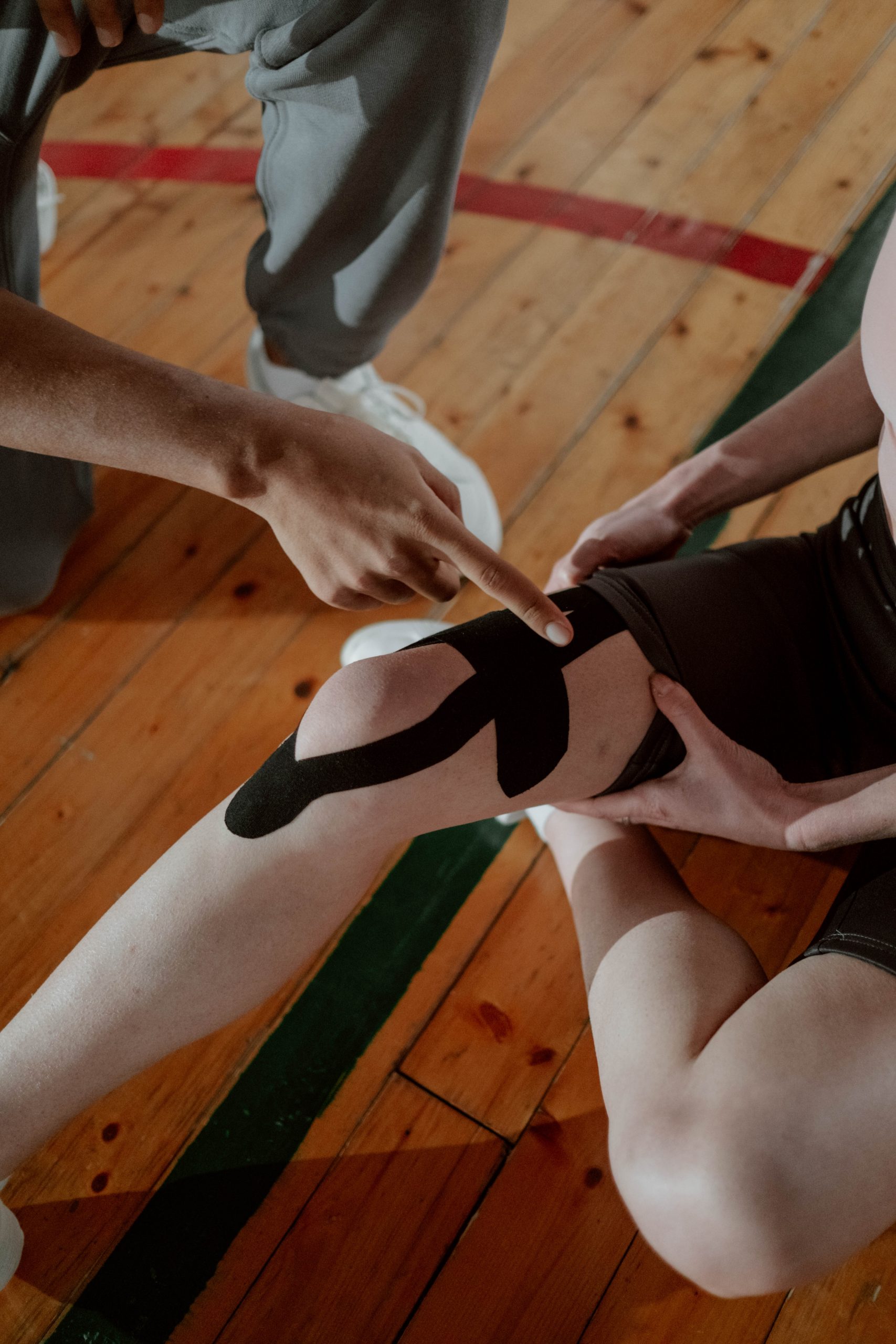For Your Safety - Screening, masks, and sanitation will continue to be implemented at our facility. Please see our blog post for more information.
If you’re experiencing knee pain while running, you aren’t alone. About 50% of all running injuries involve knee pain.
Now, this likely doesn’t come as a surprise. When running, the knee absorbs a ton of force and flexes and extends repeatedly. And if you’re a runner, you’ve probably experienced knee pain at one point in time or another. Maybe you’re experiencing it right now, which has, inevitably, led you to read this article.
So, let’s dive in. What are some common knee injuries while running? And what can you do about your knee pain?
Knee Injuries When Running
Physical activity, such as running, is an important part of overall good health and well-being. The human body thrives off movement. It’s undeniable.
However, your plans to get in shape or level up your fitness might fall to the curbside when pain occurs. You might feel frustrated and annoyed, especially if you’re in the midst of training for that next big race.
Yet, pain is often your body’s way of letting you know when something is wrong. Maybe you pushed it too hard in training or didn’t take enough rest between runs. Whatever the case may be, it’s crucial to address your pain rather than push through it.
But what’s really going on? What kind of injury are you facing? Let’s take a look at common knee injuries while running to help you get a better idea of what’s going on beneath the surface.
Common Knee Injuries While Running
1. Iliotibial Band Syndrome
The iliotibial (IT) band runs from the hip down to the knee. This piece of connective tissue helps abduct, extend, and rotate the hip, while also providing stability to your knee joint.
However, overdoing it running-wise can lead to irritation and inflammation of the IT band. Additionally, heading out on a run with a tight IT band can lead to this condition as well. Essentially, friction happens where the IT band connects with the knee. The result? You experience pain on the outer portion of the knee joint.
Unfortunately, this condition can become chronic if not treated accordingly. Usually, this means rest and stretching.
2. Patellar Tendonitis
Patellar tendonitis, also known as Jumper’s Knee, happens when you suddenly increase your running distance or frequency. In particular, you are more prone to this type of injury if you have tight hamstrings or quadriceps. This increased stress leads to small tears in the patellar tendon, causing pain just below the knee. This pain might further increase when you go to extend your knee.
Like many other running injuries, rest, again, is crucial here to avoid chronic pain and avoid worsening your situation.
3. Bursitis
The knee has up to 11 bursae. A bursa is a fluid-filled sac that works to reduce friction between structures at a joint. It’s very common for runners to experience inflammation of the Pes Anserine Bursa, on the inner part of the knee, or the Prepatellar bursa, located closer to the kneecap.
This injury, similar to many other knee pain injuries, happens when a runner increases their mileage or frequency too soon. You’re most likely to experience pain at the kneecap or slightly below the knee joint toward the inner side of the leg.
4. Meniscus Tear
The two menisci at the knee act as shock-absorbers and help stabilize the knee joint. Yet, these pieces of cartilage can tear due to twisting or overuse, leading to pain and inflammation at the knee and difficulty extending the joint.
For minor meniscus tears, proper rest and treatment can help you make a full recovery. In rare circumstances, your doctor may recommend surgery.
5. Runner’s Knee
Last but not least, the most common reason for knee pain in runners is runner’s knee, also known as patellofemoral pain syndrome. This condition happens when too much pressure is placed on the knee cap, such as due to poor running form, tight muscles, or structural issues.
So, what is runner’s knee exactly? Basically, it’s pain that occurs around the knee cap. Typically, this pain is most noticeable after activity or after sitting with your knees bent for long durations.
How to Treat Knee Pain After Running
So, you’re experiencing knee pain – now what? Here are a few tips to help you out:
- Rest – Don’t simply push through the pain. Instead, take a break. Rest for a few days and see how your knee feels. Avoid returning to your activities until the pain has fully dissipated.
- Ice – Immediately after you begin to notice pain, use an ice pack on the area for 10-15 minutes, ensuring you place a cloth between your skin and the ice pack.
- Compress – Wrapping the knee with a bandage can help reduce swelling. However, make sure to avoid wrapping it too tight to the point that circulation is cut off. Ensure you still have good circulation by checking your toenails.
- Elevate – For significant swelling, prop your knee up on a pillow so that the joint is resting above your heart.
For further pain relief, you may want to consider NSAIDs, non-steroidal anti-inflammatory drugs, such as naproxen, ibuprofen, and aspirin.
If you continue to have persistent and severe pain, book an appointment with your doctor. They may recommend that you visit a physiotherapist. A physiotherapist will perform manual therapy techniques and prescribe exercises throughout your recovery to help you bounce back and avoid future recurring injuries.
Looking for a physiotherapist in the Winnipeg area? The Corydon Physiotherapy team is here to help. Book your appointment today by calling us at (204) 925-0380, emailing us at corydonp@mymts.net, or by using our self-serve online booking system.

